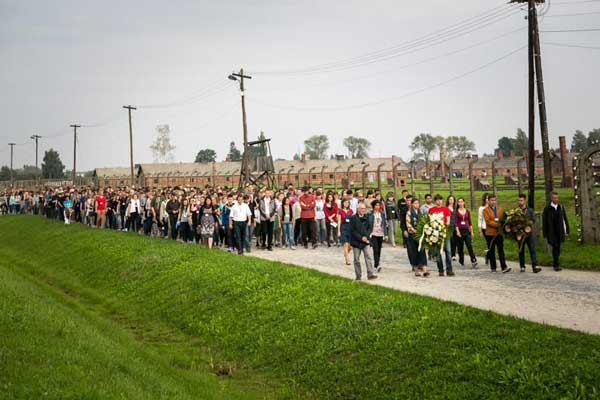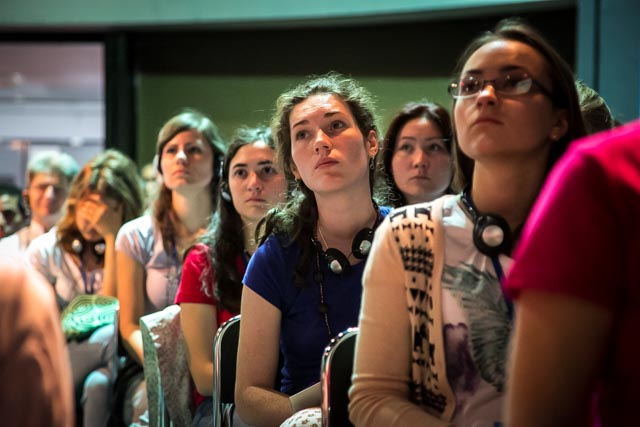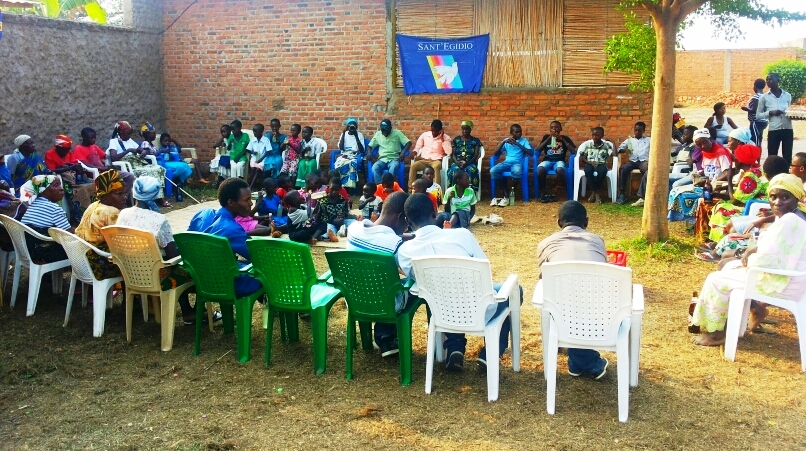Today, Sunday, December 28th, the Community of Sant’Egidio participated to the great meeting called by Pope Francis with the elderly and the world’s grandparents in Saint Peter’s square.
The event had two phases, the first in the form of testimony and dialogue, the second with the eucharistic liturgy. At the center of the occasion was the “blessing of a long life” as
recited in the title of the initiative.
The participants included the elderly of the Community of Rome, together with all those involved in helping the elderly who suffer or are most lonely, in the elderly foster care homes of Sant’Egidio, in the longer term health care institutions and clinics, and in the fabric of the Roman neighborhoods. They converged in the early hours of yesterday morning towards Saint Peter for a day-long event that says “No” to a culture of rejection and “Yes” to a care for life that involves everyone and accompanies everyone.
Because, as Mons. Vincenzo Paglia, President of the Pontifical Council for the Family, stated to the Vatican Radio, “the elderly are not “waste”, actually they are at the heart of the Church. [There is] a decisive aspect in this age, in the old age, for the life of the families, of the Church and of our society.”







